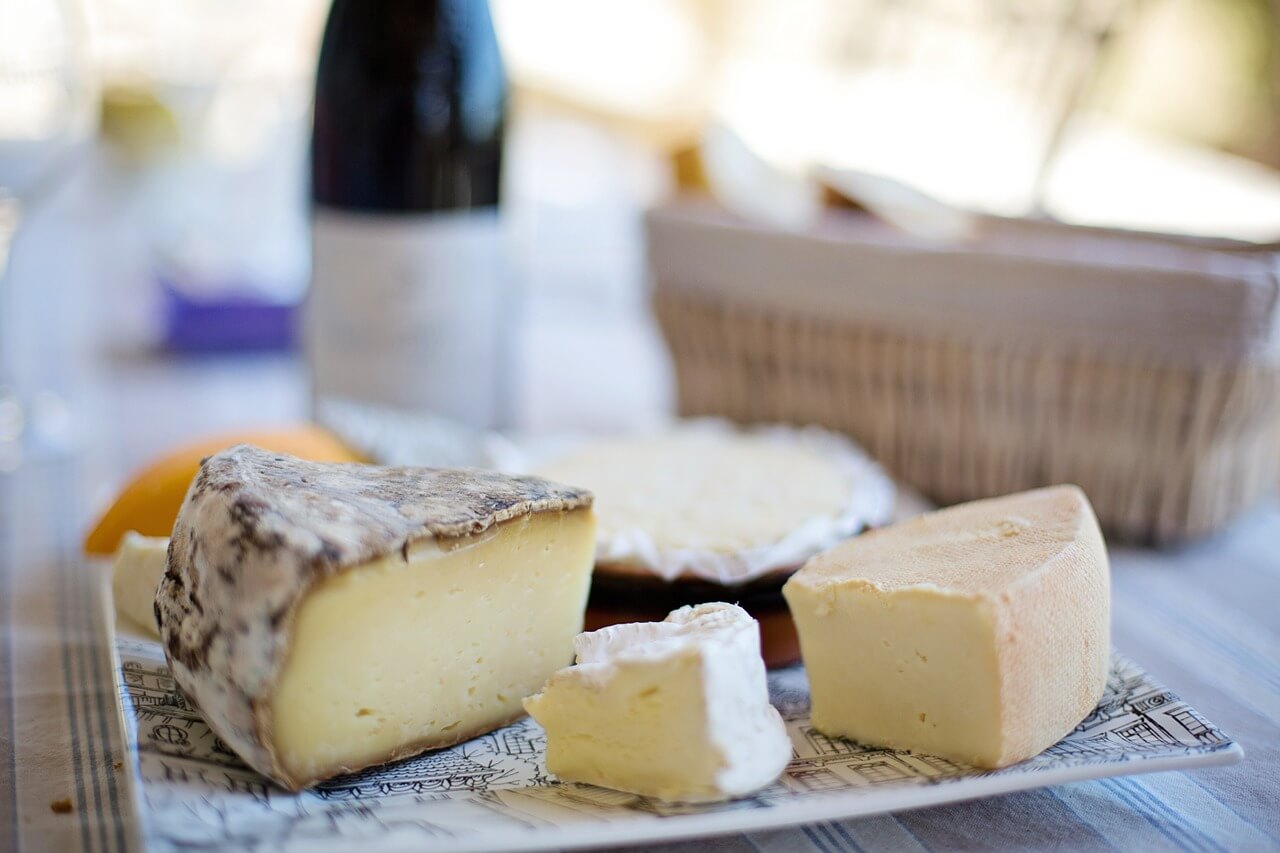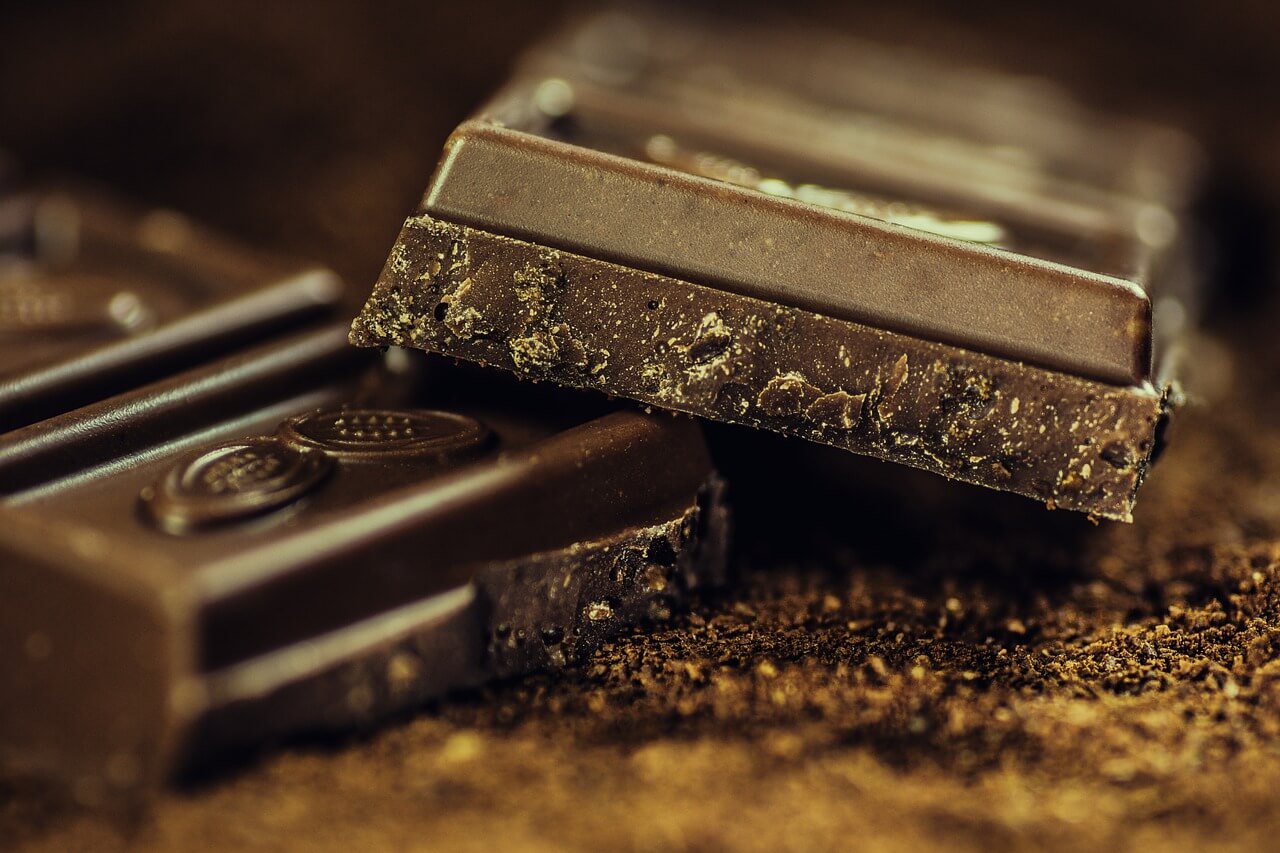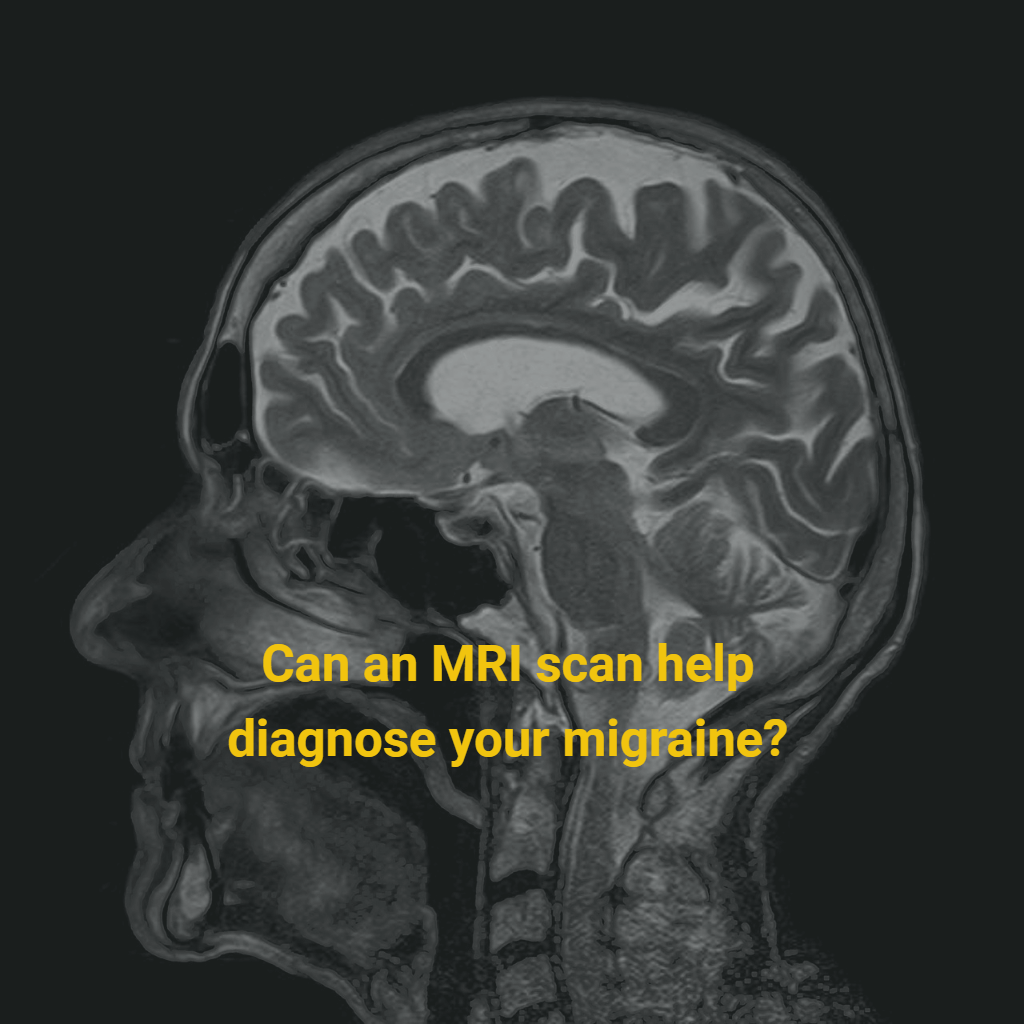For people who suffer from migraines, different smells, changes in the weather, flickering lights and even certain foods can trigger a migraine headache. While there aren’t universal triggers, it’s not unusual for foods, drinks and food additives, like aspartame, to trigger headaches. A National Institute of Health (NIH) study cited that 12-60% of patients, varying among a few different studies, reported foods as a trigger, and the top-three reported food factors were alcohol, cheese and chocolate.
1. Alcohol
 There are a handful of theories behind why alcohol can trigger a headache. One is that consuming alcohol causes more blood to rush up to your head, which then causes head pain. Another theory is that when you drink alcohol of any kind you can easily get dehydrated. The last is that sulfites used as a preservative in wine can cause headaches, and the higher the amount of sulfite, the higher risk you have of developing a migraine headache. Some of the more common alcoholic drinks people cite as migraine triggers are wine (specifically red wine), beer, champagne, whiskey and Scotch.
There are a handful of theories behind why alcohol can trigger a headache. One is that consuming alcohol causes more blood to rush up to your head, which then causes head pain. Another theory is that when you drink alcohol of any kind you can easily get dehydrated. The last is that sulfites used as a preservative in wine can cause headaches, and the higher the amount of sulfite, the higher risk you have of developing a migraine headache. Some of the more common alcoholic drinks people cite as migraine triggers are wine (specifically red wine), beer, champagne, whiskey and Scotch.
2. Cheese

Luckily not all cheeses have been reported as migraine triggers, but for those of you who like aged cheeses, the news isn’t so lucky for you. Aged cheeses, such as Brie, Swiss, cheddar, gouda and parmesan, are more likely to cause a headache, and the culprit to blame is tyramine. Tyramine is a substance that forms as different proteins inside cheese break down over time, so the longer a cheese has aged, the more tyramine it’s going to have. Variations in how a cheese is processed, fermented and degraded also affect tyramine levels. Processed meats, olives, pickles and nuts are other foods that tend to have a high tyramine count.
3. Chocolate

Approximately 22% of headache sufferers single out chocolate as a trigger. Chocolate can be a trigger because it has caffeine in it, and consuming too much caffeine can provoke a headache. Some neurologists believe chocolate is a food trigger because it contains tyramine, while other people think the connection is that women often crave chocolate when they’re stressed or during a hormonal change, both of which are also cited migraine triggers. In a case-control study conducted on 170 women to determine the relationship between migraines and the dietary habits in women, other foods and food items were mentioned. The results showed a significant relationship between some food items, including fruits, vegetables, fat, carbohydrates and proteins. The highest relationships were between headaches and the frequency of consumption of red meat, white meat and cereals. And it’s not just specific foods, drinks and food additives. Dietary habits like fasting, which was also frequently reported in the NIH study, can also provoke a migraine.
How to Handle Food Triggers

Different foods can cause a migraine, and not every food we’ve mentioned will trigger an attack in everyone with migraine. Some foods can instantly trigger a migraine, while others may not trigger one for up to 24 hours. It’s best to keep a food diary or include what you eat in your migraine journal to document if what you ingest is provoking a migraine. If you’ve noticed when you eat or drink something specific that a migraine regularly follows within 24 hours, then remove it from your diet for a month. If you add it back to your diet and your migraine headaches return, then it most likely is a trigger and you should keep it out of your diet, or drink or eat that item very sparingly. A randomized study explored the effect diet restriction based on IgG antibodies had on people diagnosed with migraine without aura. After a six-week starting point, patients were randomly given a six-week diet that excluded or included certain foods with raised IgG antibodies. After two weeks of not being on a diet after the first diet period, the same patients were then given the opposite diet during the next six weeks. The results showed that diet restriction based on IgG antibodies is effective at lessening the frequency of migraine headaches. But keep in mind that if you do choose to diet, avoid extreme dieting since you might start avoiding foods that aren’t a trigger and then you could miss out on needed nutrients. Also, sometimes something that triggered a migraine for you last week may not trigger one the next week, month or even ever again. Keeping a food diary is the best way to pinpoint whether or not certain foods are triggers for you. To learn what else can trigger your migraines, take our migraine triggers quiz.





